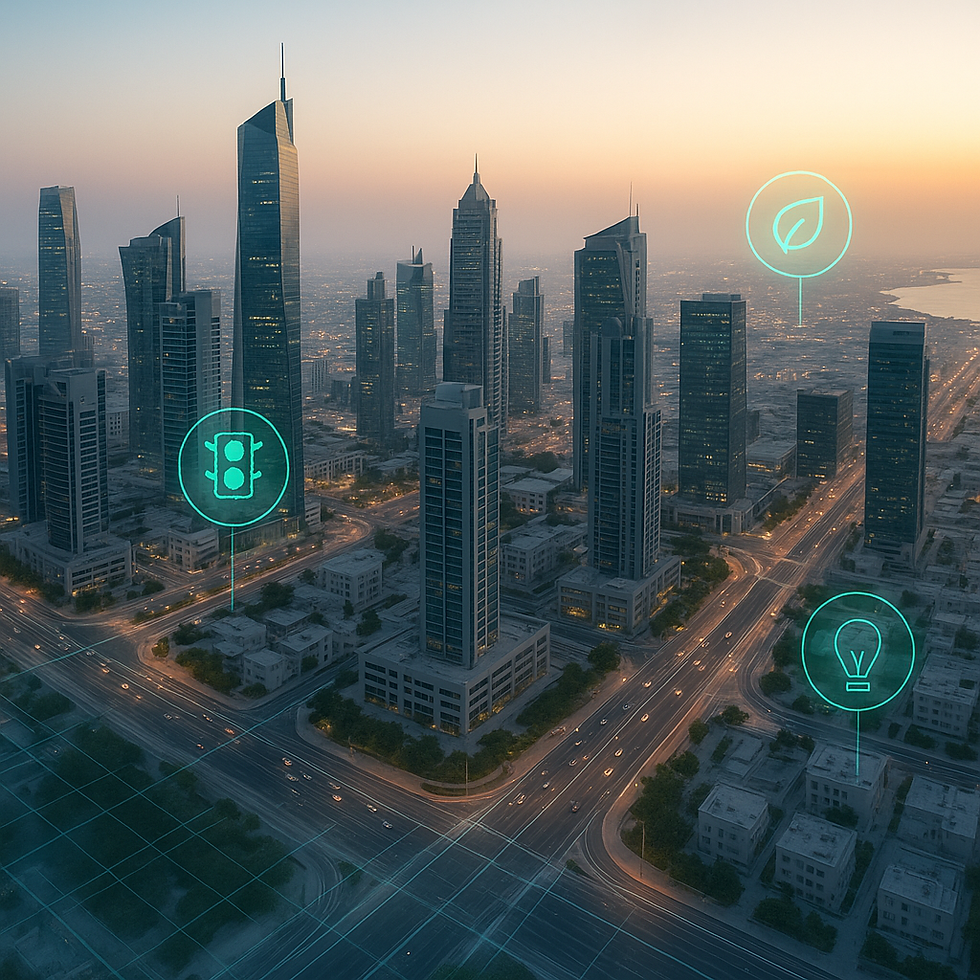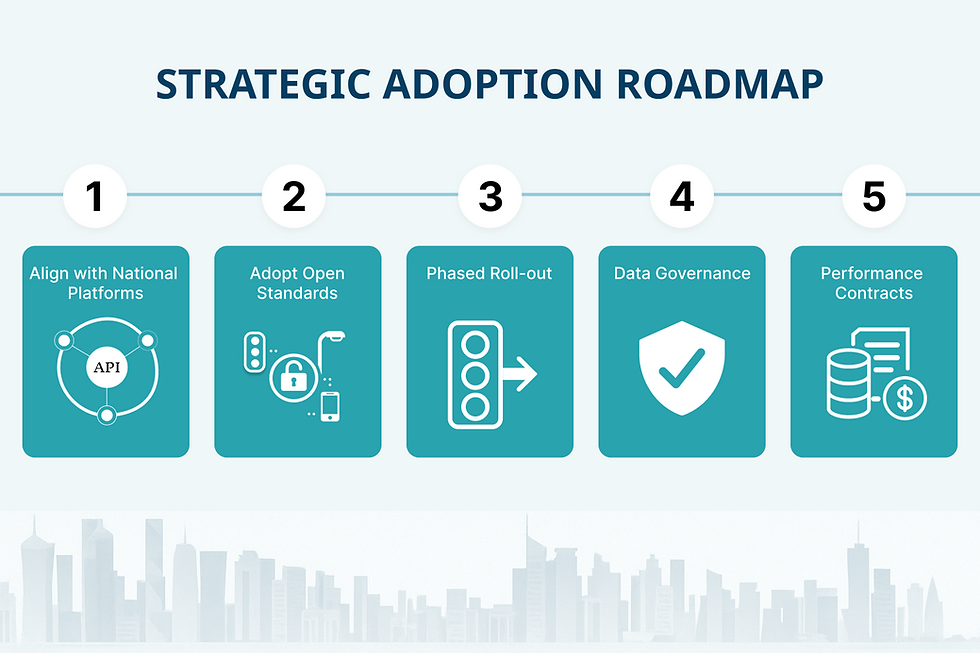
Connecting Every Mile with
Connecting Every Mile with
Data-Driven Precision
E-commerce growth and evolving customer expectations have squeezed delivery windows while raising compliance and sustainability pressures.
Data-Driven Precision

Our logistics-optimised IoT fabric turns moving assets, warehouses, and last-mile links into a single, data-rich command centre that:
-
Transmits continuous GPS, temperature, humidity, and shock data from trailers and containers, alerting operators the instant cargo conditions drift from allowable thresholds.
-
Analyses driver behaviour, fuel burn, and idle time to recommend route, speed, and loading changes that cut emissions without delaying deliveries.
-
Synchronises real-time dock availability, automated guided vehicles (AGVs), and pick-pack robots so warehouse throughput rises while labour bottlenecks disappear.
-
Feeds customs, insurance, and customer portals with tamper-proof chain-of-custody data, slashing paperwork and accelerating cross-border clearance.
With these always-on insights, supply-chain leaders shift from firefighting delays to orchestrating proactive, exception-free logistics that delight customers and regulators alike.
Urban areas struggle with chronic congestion, high-energy street lighting, and declining air quality. IoT Shabaka deploys an integrated sensor-to-cloud architecture that synchronises traffic signals, dims or brightens LEDs in real time, and streams hyper-local environmental metrics. The platform ingests multi-source data, applies AI analytics, and issues automated control commands, creating a self-optimising urban fabric.
Solution Overview
Core Architecture & Components
Layer | Key Elements | Functionality |
|---|
Impact Area | Metric | Global Benchmarks |
|---|---|---|
O&M cost | ▼ 40 % lighting maintenance via predictive alerts (Barcelona pilot) | Automated fault detection planned under TASMU Transport use-cases |
Emissions | ▼ 10-12 % CO₂ from reduced idling (Singapore GLIDE analysis) | Projected 5 % GDP-linked gain from smart-city efficiencies by 2022 |
Energy use | ▼ 30 % lighting power cut after LED+IoT rollout (Barcelona) | Msheireb Downtown reports 30 % lower overall energy demand via 8 000 smart meters |
Traffic flow | ▲ 15-25 % faster average corridor speed (AI-signal coordination, Singapore) | ITS roadmap targets 20 % reduction in delays on Doha arterials (Ashghal) |
Quantified Benefits
Strategic Adoption Roadmap
Deployment under this framework positions municipalities to exceed Qatar National Vision 2030 sustainability and mobility targets while delivering measurable economic return.
Align with National Platforms
Adopt Open Standards
Deploy ITS devices certified under Ashghal V&V guidelines to ensure interoperability and lifecycle security.
Prioritise high-congestion corridors for adaptive signal control, followed by district-wide smart lighting retrofits linked to demand-based dimming profiles.
Phased Roll-out
Enforce Qatar Cybersecurity Framework controls on all IoT endpoints; anonymise mobility data in accordance with Law (13) of 2016 on Personal Data Protection.
Data Governance
Structure energy-service agreements (ESPCs) that guarantee ≥25 % energy savings, financing CAPEX through realised utility reductions.
Performance Contracts
Integrate datasets through MCIT’s TASMU Smart Qatar backbone to leverage existing sector APIs and comply with ISO 37122 smart-city KPIs.

Real-World Impact:
Logistics
IoT Use Cases
Explore how organizations are already transforming urban living using our solutions.


